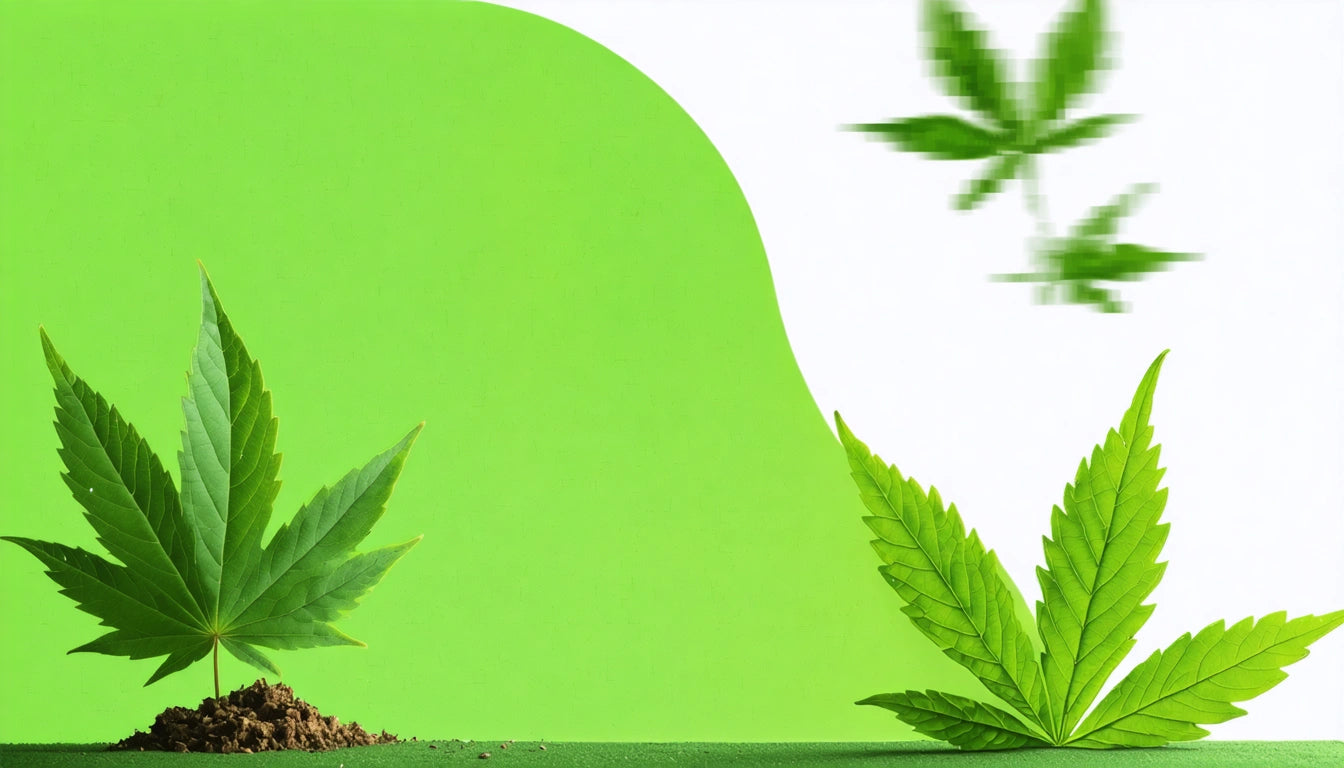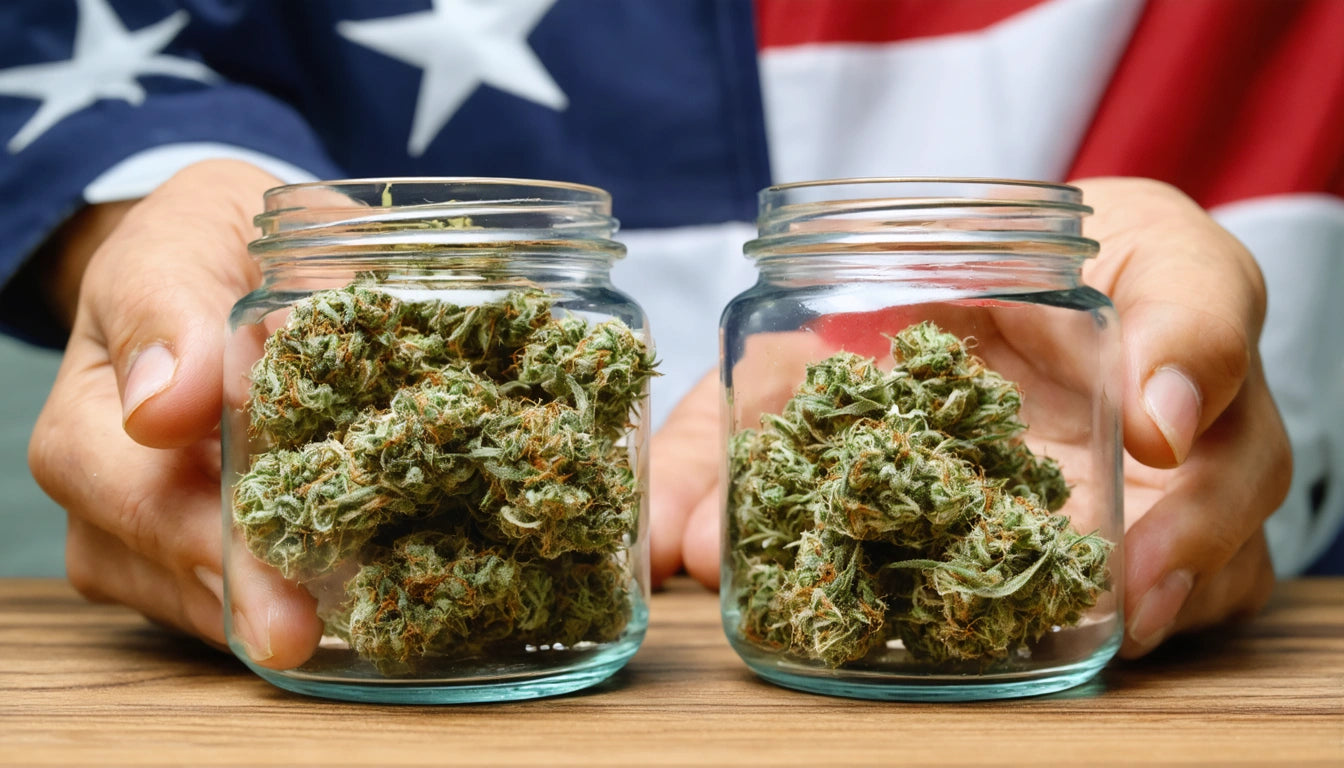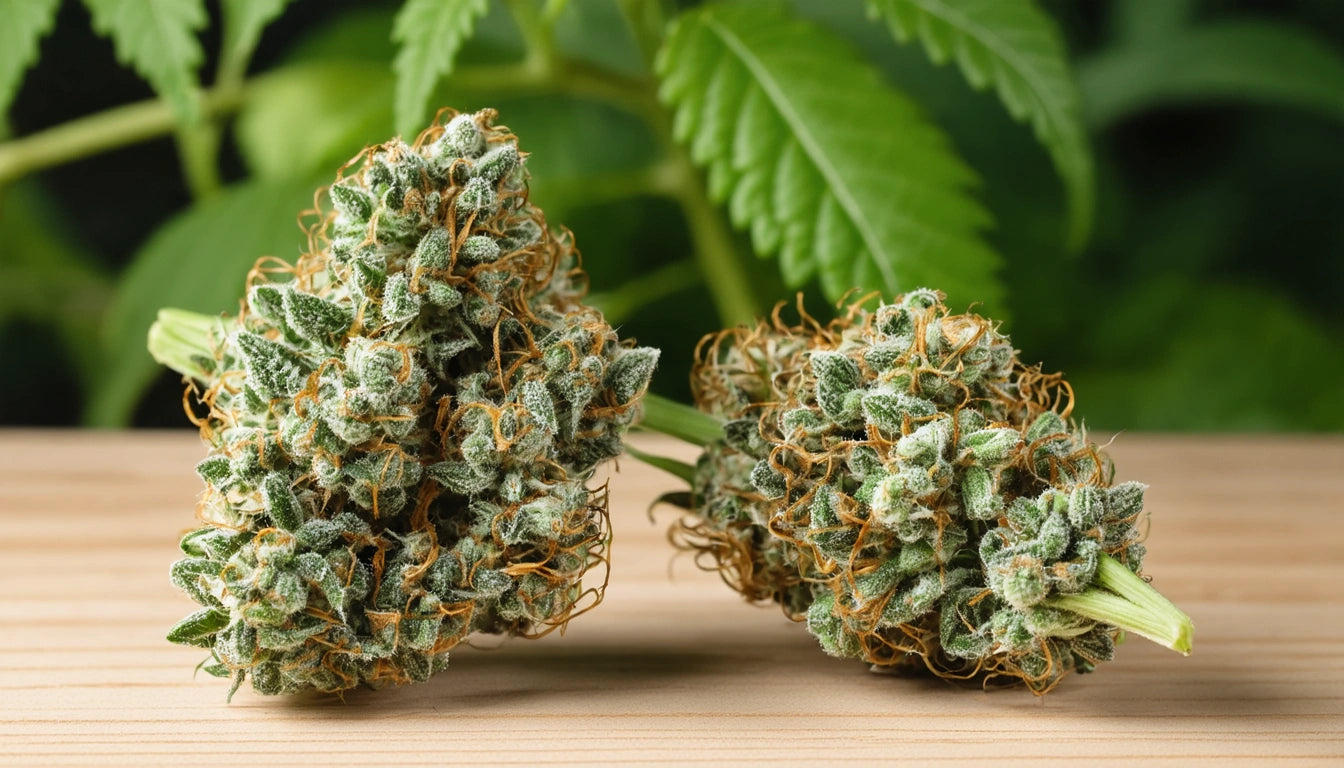Table of Contents
Identifying the Differences: Maple, Buckeye, and Marijuana Leaves
The confusion between maple leaf vs pot leaf and buckeye leaf vs weed leaf is surprisingly common. These three distinct plant species produce leaves with superficial similarities that can lead to misidentification. Understanding the key differences helps botanists, law enforcement, educators, and curious observers accurately distinguish between these commonly confused foliage types.
Visual Characteristics of Maple, Buckeye, and Marijuana Leaves
At first glance, maple, buckeye, and marijuana leaves share a palmate structure with radiating leaflets. However, closer inspection reveals distinct characteristics unique to each species.
Maple Leaf Structure
Maple leaves typically feature:
- 3-5 pointed lobes (some species have 7)
- Lobes connected to a single, continuous leaf surface
- Smooth edges in some species, serrated in others
- Opposite arrangement on branches
- Distinct V-shaped notches between lobes
The iconic Canadian maple leaf (from the sugar maple) has 5 lobes with smooth hollows between them, creating its distinctive shape.
Buckeye Leaf Structure
Buckeye leaves are characterized by:
- 5-7 separate leaflets (not lobes) radiating from a central point
- Oval to oblong leaflet shape
- Each leaflet attached to a central point by a small stem
- Opposite arrangement on branches
- Finely serrated edges
The Ohio buckeye, for example, typically displays 5 leaflets in a circular arrangement, resembling fingers on a hand.
Marijuana Leaf Structure
Cannabis leaves, as identified in our guide, feature:
- 5-9 serrated leaflets (sometimes more in certain strains)
- Narrow, elongated leaflets with deeply serrated edges
- Leaflets attached to a central point
- Alternate arrangement on stems
- Distinctive sawtooth-like serrations along edges
The number of leaflets can vary based on the strain and growth stage, as detailed in our analysis of cannabis leaf count.
Maple Leaf vs Pot Leaf: Key Differences
The maple leaf vs pot leaf confusion stems from their similar radiating patterns, but several key differences exist:
Shape and Connection
Maple leaves have lobes that are fully connected by leaf tissue, forming one continuous surface. Cannabis leaves have distinct leaflets that connect only at the base, with each leaflet separated by space.
Edges and Serration
Maple leaf edges vary by species but generally have larger, less numerous serrations. Cannabis leaves have distinctive, numerous, sharp serrations that are more pronounced and consistent.
Texture and Appearance
Maple leaves typically have a smoother texture and more uniform color. Cannabis leaves often have a rougher texture with visible veins and sometimes a frosted appearance due to trichomes, as explained in our weed leaf characteristics guide.
For those in the cannabis industry who need to precisely measure plant material, our selection of precision digital scales provides the accuracy needed for both commercial and personal use applications.
Buckeye Leaf vs Weed Leaf: How to Tell Them Apart
The buckeye leaf vs weed leaf confusion is perhaps more understandable as both have separate leaflets radiating from a central point. Here's how to distinguish them:
Leaflet Shape
Buckeye leaflets are more oval or oblong, widest in the middle. Cannabis leaflets are typically narrower and more elongated, with the widest point closer to the base.
Serration Pattern
Buckeye leaves have fine, regular serrations that are less pronounced. Marijuana leaves have deeper, more prominent serrations that give the leaf edge its characteristic jagged appearance.
Growth Pattern
Buckeye trees have opposite leaf arrangements (leaves grow in pairs on opposite sides of branches). Cannabis plants have alternate leaf arrangements, with leaves staggered along the stem.
Understanding these differences is important for various professionals, from botanists to those working with cannabis flowers and concentrates.
Scientific Distinctions Between the Three Leaf Types
Beyond visual differences, these plants belong to entirely different botanical families with distinct characteristics:
Taxonomic Classification
- Maple (Acer): Member of the Sapindaceae family
- Buckeye (Aesculus): Also in the Sapindaceae family but a different genus
- Marijuana (Cannabis): Member of the Cannabaceae family
Chemical Composition
The chemical profiles of these plants differ significantly:
- Maple leaves contain tannins and anthocyanins (creating fall colors)
- Buckeye leaves contain glycosides called aesculin and fraxin
- Cannabis leaves contain cannabinoids (THC, CBD, etc.) and terpenes
Cannabis is unique in its production of cannabinoids, which are not found in maple or buckeye plants. The leaves themselves contain lower concentrations of these compounds compared to the flowers, as discussed in our analysis of cannabis plant parts.
Practical Identification Tips for Enthusiasts and Professionals
For those who need to accurately identify these leaves in various contexts, consider these practical approaches:
Visual Inspection Method
- Check whether the leaf has lobes (connected) or leaflets (separate)
- Count the number of lobes or leaflets
- Examine the serration pattern along the edges
- Note the arrangement on the stem (opposite or alternate)
- Observe the overall shape and proportions
Context Clues
Consider the plant's overall characteristics:
- Maple trees are typically large with distinctive bark and produce winged seed pairs called samaras
- Buckeye trees produce distinctive glossy brown nuts with a light-colored spot
- Cannabis plants have a distinctive growth pattern and aroma, particularly during flowering
For cannabis industry professionals, proper identification extends beyond leaves to understanding the entire plant structure and its various components for regulatory compliance and quality assessment.
Educational Value and Future Applications of Leaf Identification
Understanding the differences between maple leaf vs pot leaf and buckeye leaf vs weed leaf has educational and practical applications that extend beyond simple identification. This knowledge supports botanical education, assists in regulatory compliance, and helps prevent misidentification in both professional and casual contexts.
As cannabis legalization expands globally, the ability to accurately distinguish between these similar-looking leaves becomes increasingly valuable for educators, law enforcement, and the general public. With practice and attention to the details outlined above, even those with minimal botanical knowledge can learn to confidently identify these three distinct leaf types.











Leave a comment
All comments are moderated before being published.
This site is protected by hCaptcha and the hCaptcha Privacy Policy and Terms of Service apply.